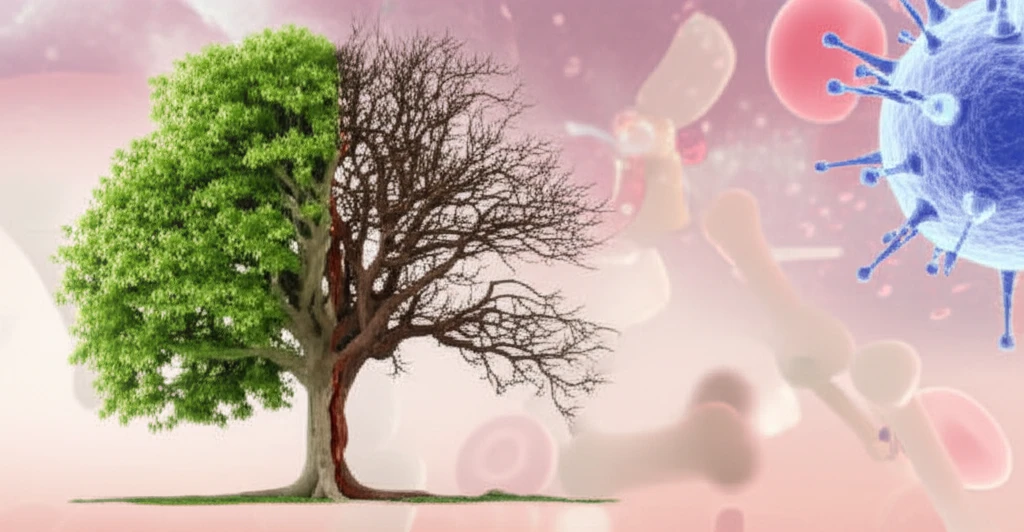
Oral Dysplasia After Stem Cell Transplants: What You Need to Know
"A closer look at HPV-related oral dysplasia in multiple myeloma patients following stem cell transplantation."
Stem cell transplants offer hope for many battling hematological malignancies, yet they can also bring long-term complications. One such concern is the development of dysplastic changes in oral epithelial lesions. These changes, while not always cancerous, require vigilant monitoring and understanding.
A recent case highlights the potential link between stem cell transplantation, chronic graft-versus-host disease (cGVHD), and HPV-related oral dysplasia. The case involves a 54-year-old male with multiple myeloma who, after undergoing both autologous and allogenic HSCT, developed cGVHD and subsequent oral dysplasia.
This article explores the details of this case, shedding light on the risk factors, the role of HPV, and the importance of clinical follow-ups for individuals who have undergone stem cell transplantation.
Unpacking the Link: Stem Cell Transplants and Oral Dysplasia

Multiple myeloma (MM) is a cancer of plasma cells in the bone marrow. Allogeneic hematopoietic stem cell transplant (HSCT) is a treatment option that gives patients a chance at long-term survival. However, oral complications are common after HSCT. Chronic graft-versus-host disease (cGVHD) is often seen with symptoms like lichenoid inflammation, hyperkeratotic reticulations, and ulcerations.
- Radiation and Chemotherapy Regimens: The intensity of these treatments can weaken the immune system.
- Chronic Graft-versus-Host Disease (cGVHD): This condition, where the transplanted cells attack the host's tissues, can cause inflammation and damage in the oral cavity.
- Inflammation: Chronic inflammation can create an environment conducive to dysplasia.
- Prolonged Immunosuppression: Transplant recipients often require immunosuppressant drugs to prevent rejection, further weakening their defenses against infections like HPV.
Staying Proactive: What This Means for You
If you've undergone a stem cell transplant, particularly for multiple myeloma, it's essential to be proactive about your oral health. Regular dental check-ups are crucial for early detection of any abnormalities. Discuss any changes in your mouth with your dentist or oncologist. Early detection and intervention are key to managing oral dysplasia and preventing potential complications.
